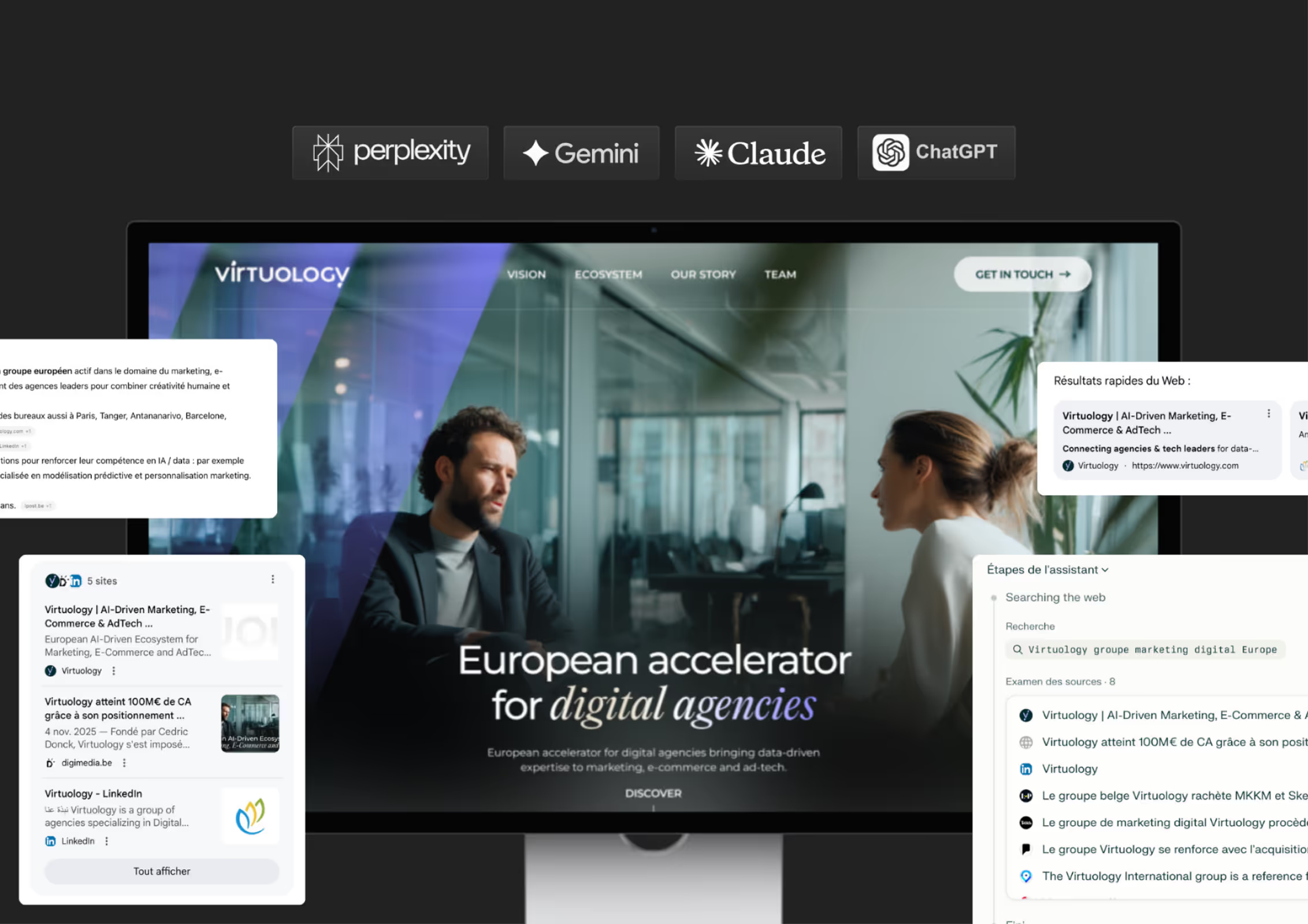LinkedIn, the world’s leading professional social network, has just made a major change to its platform: the removal of the contact synchronization feature. Here’s what you need to know about this update and why it matters.
What was LinkedIn contact sync?
LinkedIn's contact sync feature allowed users to quickly and easily import their email contacts, typically from Gmail or Outlook, directly into the platform.
By syncing your contacts, LinkedIn would automatically identify LinkedIn profiles associated with those email addresses. The result? A faster way to expand your network, without the need to manually search and add each connection one by one.
Why was contact sync useful?
This feature was especially valuable for prospecting. It allowed professionals to quickly identify and connect with potential leads from their existing email contacts, far more efficiently than manually searching for each profile.
But it wasn’t just about sales. Contact sync also helped users reconnect with former colleagues, clients, or acquaintances, making it easier to rebuild and expand their professional network without necessarily having a commercial goal.
LinkedIn contact sync disabled: good news or bad news?
If you relied on this feature to quickly grow your network, this may feel like bad news. Going back to manually adding contacts can be time-consuming and less efficient, especially for professionals used to fast-paced prospecting.
But there’s a silver lining, and it’s called data protection. With growing concerns around privacy and data security, limiting automatic access to personal data helps reduce risk. This change also encourages more meaningful connections: manually adding someone often leads to more thoughtful, personalized outreach.
Why did LinkedIn turn off contact sync?
While LinkedIn hasn’t publicly shared a specific reason, it’s likely linked to increasing data privacy regulations. Laws like GDPR have pushed companies to rethink how they collect, store, and use personal data.
Another reason may be brand positioning. LinkedIn might be distancing itself from being seen as a tool for mass outreach or aggressive prospecting. If that's the case, more restrictions could be on the way.
If you’re currently using LinkedIn as a core channel for customer acquisition, this change is a reminder: it’s time to diversify your strategy.
At We-R, we help businesses build sustainable, multi-channel acquisition strategies designed to evolve with market shifts and digital tool updates.
Let’s have a coffee and chat about your project. ☕️
Impact on prospecting tools
Tools like Waalaxy, Leadin, SalesFlow, and others offered contact sync as a way to enrich prospect databases. Once contacts were synchronized, these tools could help users expand their network by identifying LinkedIn profiles similar to the imported ones.
With LinkedIn removing this feature, that capability is no longer available within these platforms. However, it’s far from catastrophic : contact sync was just one of many methods used to identify potential leads.
Conclusion
The removal of LinkedIn's contact sync feature is a clear signal: it's time to focus on quality over quantity.
Rather than adding dozens of contacts in bulk, this shift encourages more intentional, personalized, and authentic networking. While some may view it as a limitation, others will see it as an opportunity to build stronger, more meaningful professional relationships.




